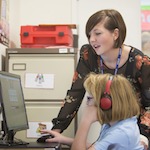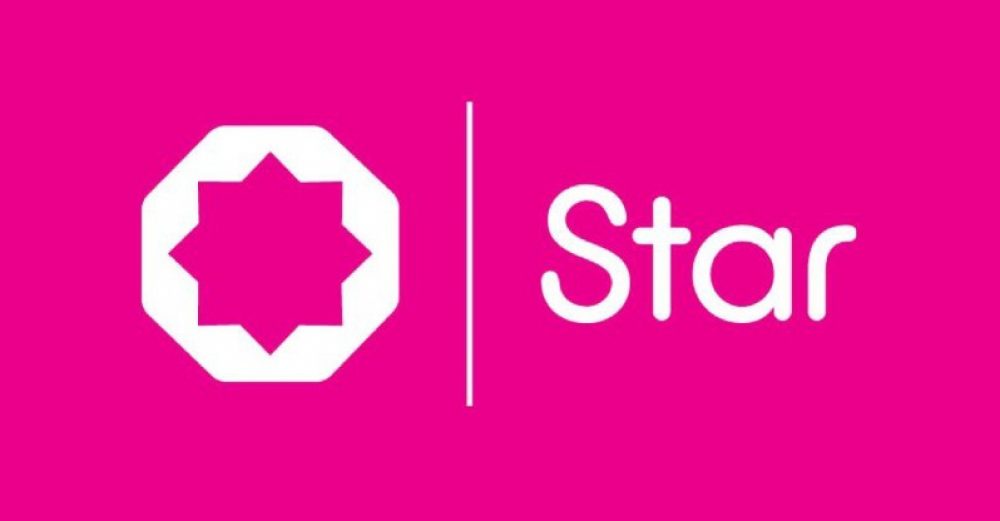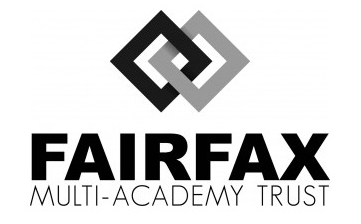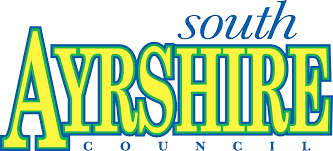
What is 'Look-Back Race'?
This is the first 'Question' mini-skill. Questioning, and all that goes with it, is vital to good comprehension. We introduce the question mega-skill as follows:
"Answering questions, which shows we can understand what we are reading, is really important. But also thinking up our own questions and discussing questions with our friends help us to make meaning. They are important too!"
So the recognition of both answering questions, but also asking questions of texts, is emphasised to learners.
Look-back works on answering questions effectively. The aim of the look-back race mini-skill is to introduce, hone and consolidate skimming and scanning, identifying key words in a question, and then finding these key words in a text along with the answer. This technique is often used to answer literal questions. As The Master says:
Don’t forget this is all about looking back in the text for answers.
These are those literal questions, they answers are literally... right there! 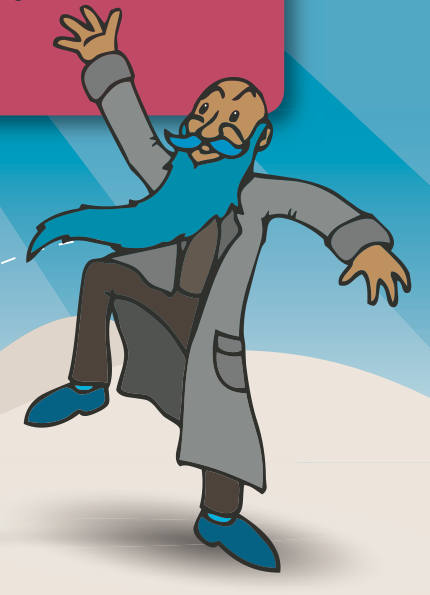
Developing the ability to move effectively between question and text is incredibly useful for learners. Look-back is a strategy that empowers them to do this, and by structuring the activity as a game (the race element), learners enjoy and want to repeat the exercise. They aim to increase their speed and accuracy.
Assessment and look-back
Interestingly, there has been some debate around whether look-back should be allowed as a strategy when conducting comprehension assessments. One idea is that the option to look back may prevent us from truly understanding whether a learner comprehends the text. However, another view is that removing the text when answering assessment questions significantly increases reliance on memory - which is different, but related to, reading. Do you have any thoughts on this?
The vast majority of assessments allow learners to revisit the text that is being interrogated by the questions, so looking-back is essential in, for example, SATs style exams.
Look-back race in the Red Stone of Calcutta
The following image is an extract from The Red Stone of Calcutta.
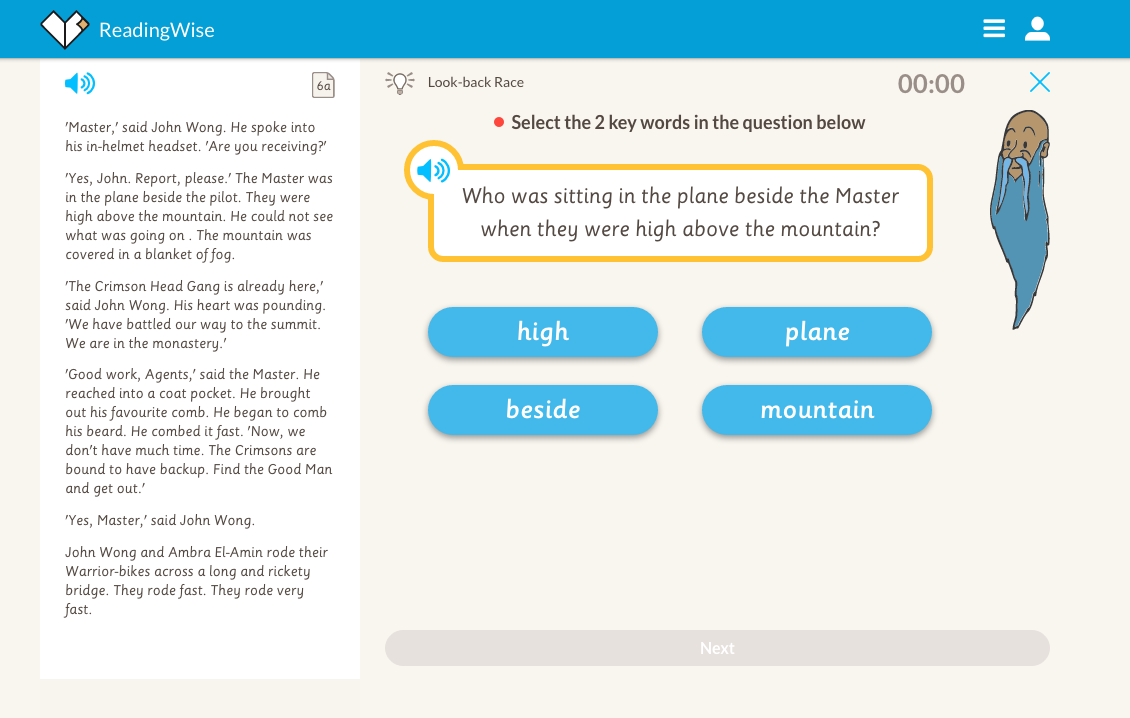
As you can see, the initial task for the learner is to select 1 or more key words from the question. Excellent practice!
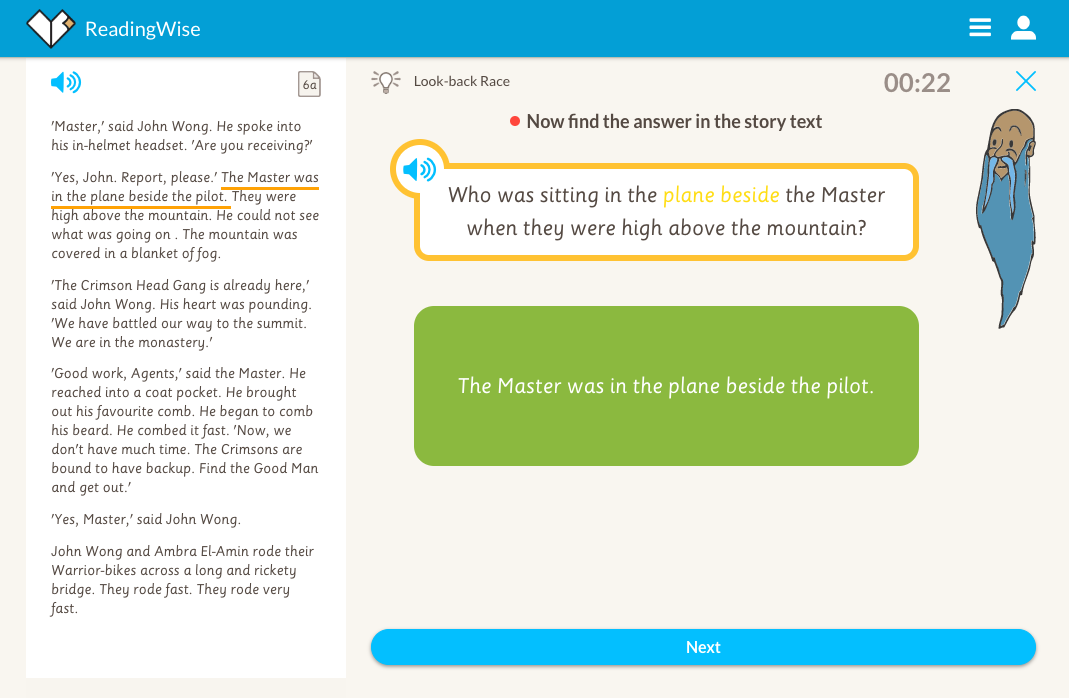
Once the key words have been selected, the learner then moves to the episode they are working on (the text on the left), using the key words to pick out the answer. As usual, learners are able to hear individual words, or sentences before making their selection.
The race element is represented by the timer, a relaxed, fun way for the learner to monitor their speed.
What do you think?
We'd love to hear your thoughts about look-back as a comprehension strategy, and ways that you've integrated this practice into your classroom. Have you seen anything special?
The ReadingWise Demo
Short, friendly and informative - you might like to arrange a demo with our team at a time to suit you.So far we've reached many thousands of learners and would love to explore working with you if it might help more children read.

